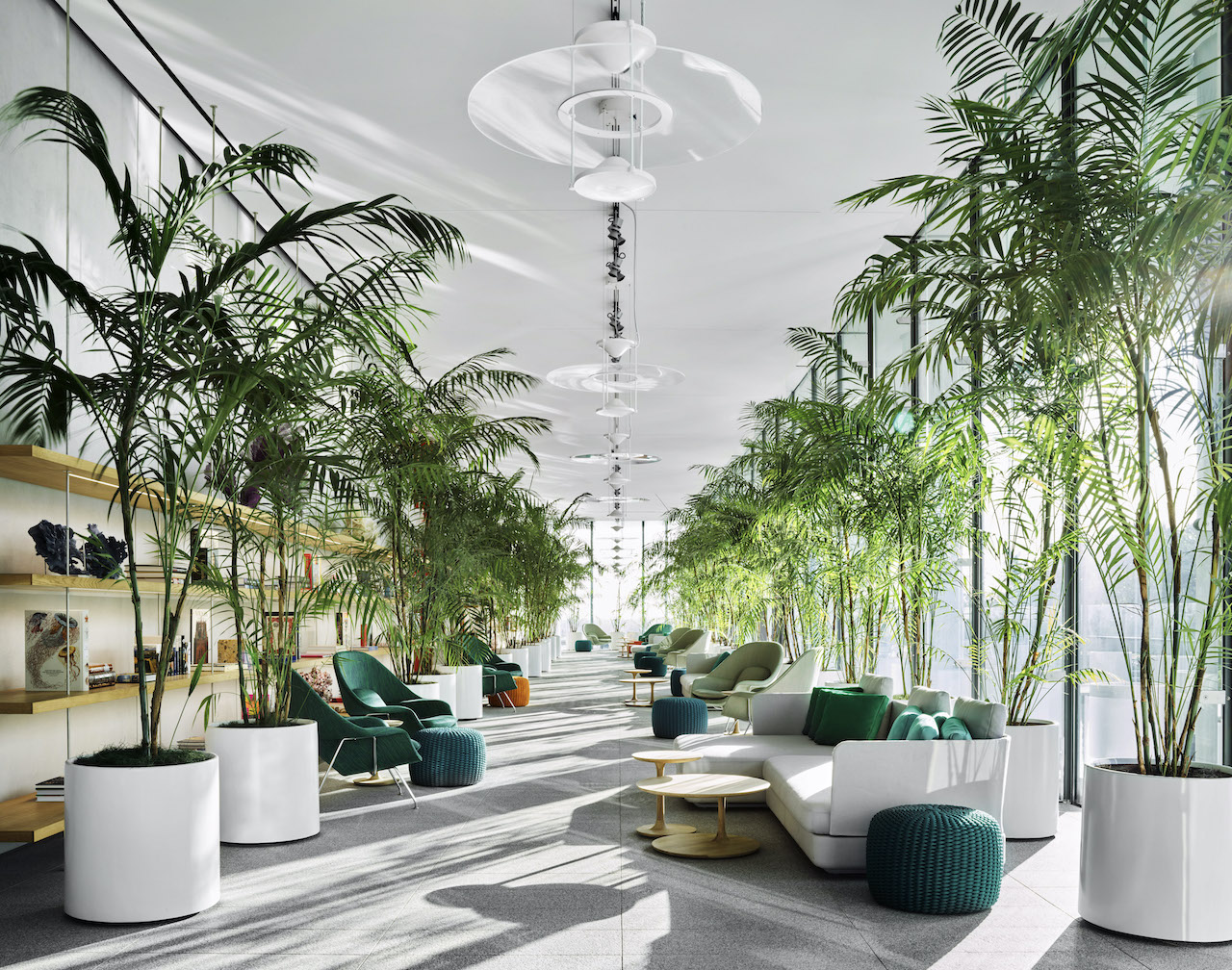
If you were given the opportunity to spend an hour with developer David Martin, one inclination might be to get the details on his work with architecture hero Renzo Piano, who most recently completed Eighty Seven Park for his company, Terra. Another might be to press for investment tips, given that Terra gravitates toward overlooked stretches of Miami coastline like North Beach, where Eighty Seven Park stands. We recommend resisting those impulses. Martin is no mere starchitecture groupie, nor is he a real-estate bargain hunter. The 42-year-old possesses a unique vision where business and design work together in service of communities. Here’s what we learned during our hour.
How is Eighty Seven Park distinguished from Terra’s previous projects? First, we try to understand our psychographic, then we drive all our decisions to speak to this hypothetical target market. With Eighty Seven Park, the building is perpendicular to the ocean, to avoid creating a wall on the beach that divides the public from the water or the sun; as Renzo says, it’s democratic. At Terra, we’re also always trying to revitalize neighborhoods by improving parks. (The company supported Eighty Seven Park landscape architect West 8 to revitalize the adjacent North Shore Open Space Park.) And inside the building, the amount of lineal feet of transparency as it relates to unit size produces a unique connection to nature.
That’s a nuanced approach to market differentiation. How does your outlook relate to Miami’s history of spectacular architecture? Our goal is to see if there’s a void we can fill, which would catalyze development of all the elements of a sustainable neighborhood—thriving schools, parks, small businesses—which then produces cash flow for the city to improve services. Architecturally significant buildings bring to bear some identity for these neighborhoods, which helps to formulate their evolution.
Was there a mentor or experience that made you a believer in good, holistic design? The first 10 years of my career, I understood the fundamentals of real estate, but I was in this business of maximizing risk transfer. I believe my enlightenment happened post [financial] crisis, when I wanted to be much more selective about neighborhoods and to make something appropriate for a particular area based on its infrastructure.
What attracted you to Renzo? A friend of mine wanted me to meet him. We were flying from Dubai to Istanbul and then to Genoa; we lost our luggage and my wife was distraught. The way Renzo welcomed my wife, the way he had lunch prepared, the research he had done about the site prior to our talking: it was a connection.
And what happens after you make a connection? I think that successful projects are ones where clients and architects develop a level of trust. We look for collaborators who push us in a responsible and trustworthy way. I learn a lot from that and it informs my next job.
How have these collaborations shaped your personal definition of a good life? I think freedom is an important word. To have the freedom to connect or disconnect when you want. To have the freedom to access products, to access nature. Having like-minded individuals around you is important, too, but not without connections to different demographics and income levels, because that grounds you to what’s important in life.
Are there nascent trends shaping your perspective? As we continue to see technology disruption, residential buildings are becoming more like ecosystems. People are shopping at home, storing their goods at home and working from home. That’s why you want to build in great natural environments—because that compels people to get out of their homes and engage with their communities.




